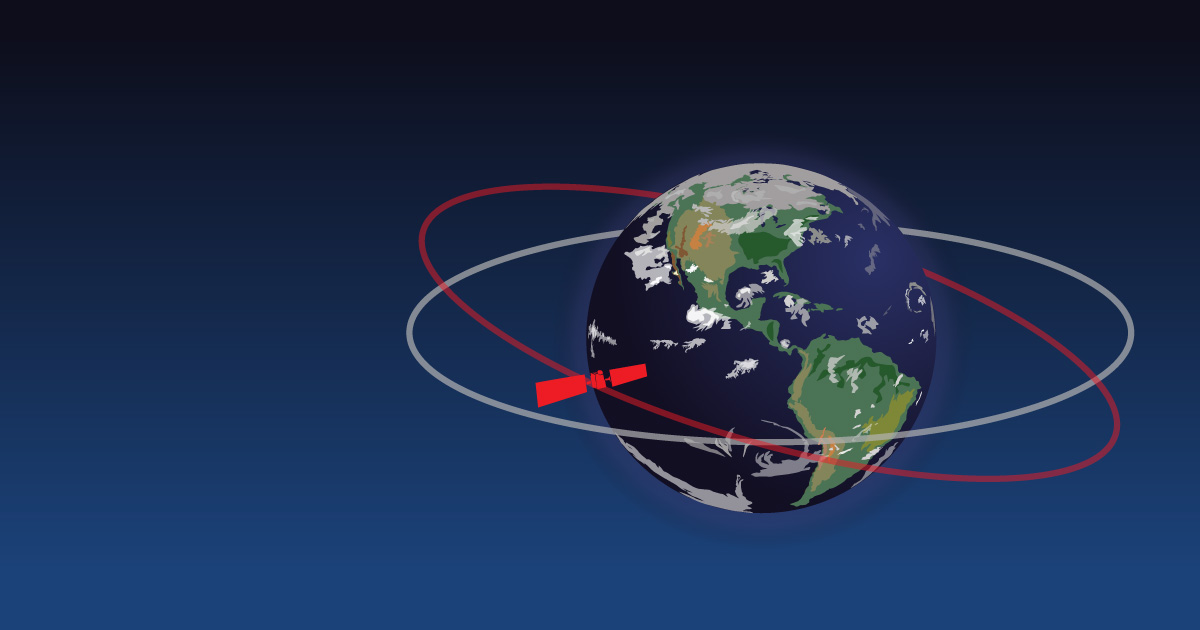Space safety is a shared responsibility in the sense that, regardless of the safety actions taken by a particular satellite operator, unsafe actions by other satellite operators can still put one in danger. One way in which NASA CARA works to assist other space operators in understanding responsible space operations is to make publicly available the source code and documentation for key conjunction risk assessment algorithms.
A Software Development Kit (SDK) has been assembled for each key algorithm and placed on NASA CARA’s Github site (https://github.com/nasa/CARA_Analysis_Tools). The intent of the SDKs is not to provide a stand-alone or packaged implementation of a CA algorithm but rather the building blocks needed to recode/implement the algorithm into a CA tool suite of the user’s choice. To this end, each SDK contains MATLAB source code for the principal algorithm and any needed supporting routines; a simple driver that operates the algorithm; test cases and expected results to allow the user to verify proper implementation and operation of the algorithm; and basic documentation, which often takes the form of a conference paper or journal article, and in some cases a user’s guide as well.
The following CA algorithms are available as an SDK suite:
| CARA Analysis Tools Suite | |
| Two-Dimensional Probability of Collision |
The classical analytic method for calculating the probability of collision between two space objects. Both the traditional Foster method and an extremely fast alternative (Elrod method) are provided. |
| Three-Dimensional Probability of Collision |
The most accurate analytic probability of collision calculation methodology available and an important industry innovation. The journal article subtending the mathematical foundations of the technique is included. |
| Monte Carlo Probability of Collison (from TCA) |
A Monte Carlo technique to calculate the probability of collision, working from the two objects’ states and covariances propagated to TCA. The virtues of this approach have been largely to entirely eclipsed by the three-dimensional probability of collision analytic algorithm. |
| Collision Consequence |
An algorithm to estimate the number of debris fragments (greater than a specified size) that would be produced were a conjunction between two satellites to result in a collision. Includes conference papers that give the technical details of the algorithms. |
| Single Covariance Maximum Probability of Collision |
An algorithm to estimate, for cases in which only one of the two objects has a reported covariance, the maximum probability of collision that could be achieved in a particular conjunction. Includes a conference paper that gives the technical details of the algorithm. |
| Covariance Realism Assessment |
A set of algorithms to assess the realism of covariance matrices (namely their ability to describe accurately the actual distribution of residual sets of satellite predicted position errors) and produce graphical displays of results. Includes a conference paper and technical memorandum that describe the algorithms and give usage suggestions. |
All NASA users are able to download these tools for use from the following link. The open source tools are available on the NASA Software website software.nasa.gov by searching for “CARA”.



























